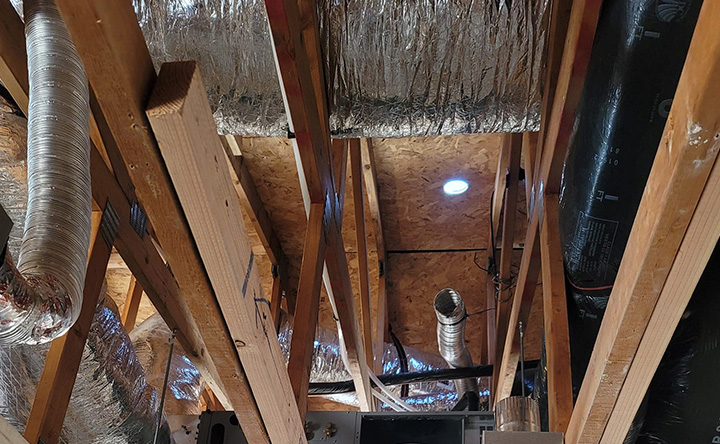GET IN TOUCH
We are here for any commercial construction project you have. We have years of experience working on various commercial projects and look forward to working with you!

Commercial construction refers to the process of planning, designing, and building structures intended for non-residential purposes. These structures can include office buildings, retail stores, warehouses, hotels, restaurants, schools, hospitals, industrial facilities, and more. Commercial construction projects are typically more complex and larger in scale than residential projects, and they often involve a diverse range of stakeholders, including architects, engineers, contractors, and developers. Here are key aspects of commercial construction:
1. Project Development:
- Feasibility Study: The process begins with a feasibility study to assess whether the proposed project is viable in terms of budget, location, zoning regulations, and market demand.
- Design Phase: Architects and designers work with the client to create plans and blueprints that meet the project’s goals, functional requirements, and aesthetic vision.
- Permitting and Approvals: Obtaining necessary permits and approvals from local authorities and regulatory bodies is a crucial step in the development process.
2. Budgeting and Financing:
- Commercial construction projects involve budgeting for various costs, including construction materials, labor, permits, and overhead. Securing financing through loans, investors, or other means is often necessary.
3. Construction Phase:
- Site Preparation: This includes clearing the site, excavation, grading, and utility connections.
- Foundation: Construction of the building’s foundation, which can be a slab, crawl space, or full basement, depending on the project.
- Structural Framework: Erecting the structural framework, which may be steel, concrete, or wood, depending on the design and building type.
- Exterior Cladding: Installing the exterior materials, such as bricks, stone, stucco, glass, or metal panels.
- Interior Build-Out: Constructing interior spaces, including walls, partitions, flooring, ceilings, and electrical and plumbing systems.
- Mechanical, Electrical, and Plumbing (MEP) Systems: Installing HVAC (heating, ventilation, and air conditioning), electrical, plumbing, and fire protection systems.
- Finishes: Applying interior and exterior finishes, such as paint, flooring, tiles, and cabinetry.
- Quality Control and Inspections: Conducting quality control checks and inspections at various stages of construction to ensure compliance with plans and codes.
- Safety Measures: Implementing safety protocols to protect workers and ensure a safe construction environment.
4. Project Management:
- Commercial construction projects are managed by project managers who oversee scheduling, budgeting, and coordination of various contractors and subcontractors.
5. Sustainability and Green Building:
- Increasingly, commercial construction projects incorporate sustainable and environmentally friendly practices, such as energy-efficient design, use of recycled materials, and LEED (Leadership in Energy and Environmental Design) certification.
6. Interior Design and Fit-Out:
- Depending on the project type, interior design and fit-out may be part of the construction process to create functional and aesthetically pleasing interior spaces.
7. Commissioning and Handover:
- The project is commissioned and thoroughly tested to ensure that all systems operate as intended. Upon completion and approval, the building is handed over to the client or owner.
8. Ongoing Maintenance and Operation:
- After construction, commercial buildings require ongoing maintenance, repairs, and management to ensure their efficient operation and longevity.
9. Codes and Regulations:
- Commercial construction projects must adhere to local building codes, safety regulations, zoning laws, and other regulatory requirements.
10. Project Closeout:
- Final documentation, including as-built drawings and warranties, is provided to the owner, and any remaining contractual obligations are fulfilled.
Commercial construction is a complex and multifaceted process that requires collaboration among various professionals and stakeholders. Successful projects demand meticulous planning, adherence to budgets and timelines, and a commitment to quality and safety standards.




